CAGIS Virtual
Past Events (2021-2022)
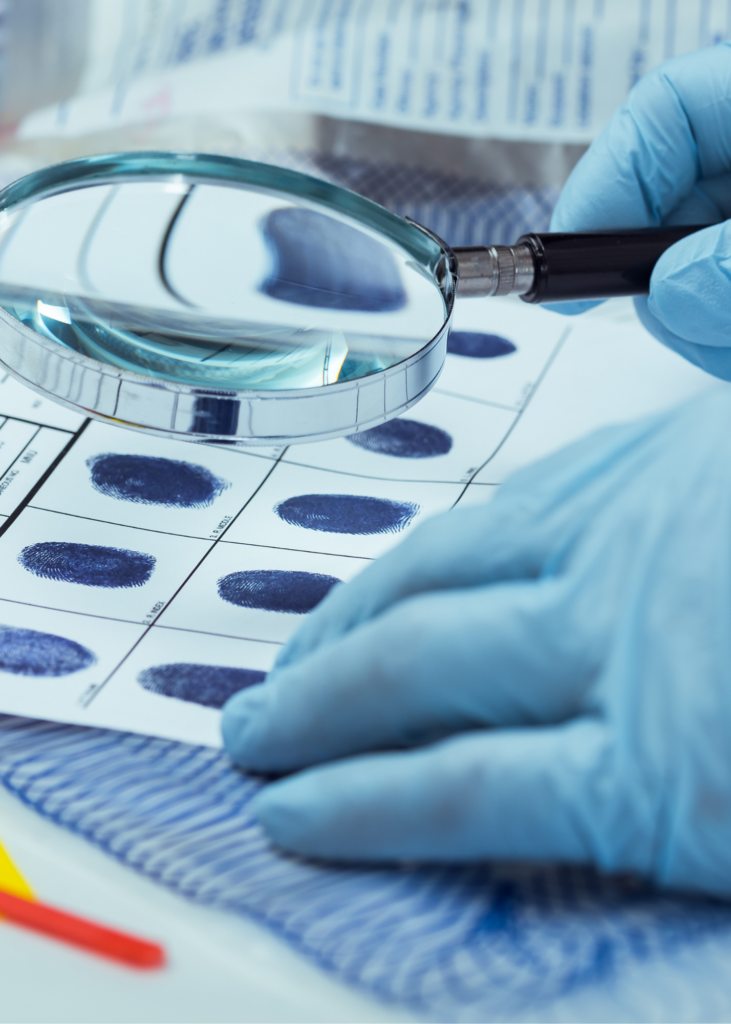

Saturday June 4 Solve the Jewel Heist!
A travelling exhibit of gemstones has arrived at the Canadian Gemology Museum. But before they have even been put out on display, someone has stolen the most valuable jewels from a locked safe! In this event, participants will take on the role of forensic investigators. With your scientific knowledge, critical thinking skills, and some teamwork, can you eliminate suspects and solve the crime?
This is a bonus event organized by the CAGIS Teen Ambassadors.
Preparation:
Fingerprint experiment: dark construction paper and white powder (flour, baby powder) OR white paper and cocoa powder, tape, bowl. Optional: magnifying glass, clay.
Please come to the event with one of the following invisible ink options. Option 1: baking soda, water, something to paint with (cotton swab, toothpick, or sponge), a sheet of paper, grape juice, hairdryer, cup, mixing spoon, measuring spoons. Option 2: lemon juice, water, spoon, something to paint with (cotton swap, toothpick, or sponge), a sheet of paper, hairdryer, cup, mixing spoon, measuring spoons.
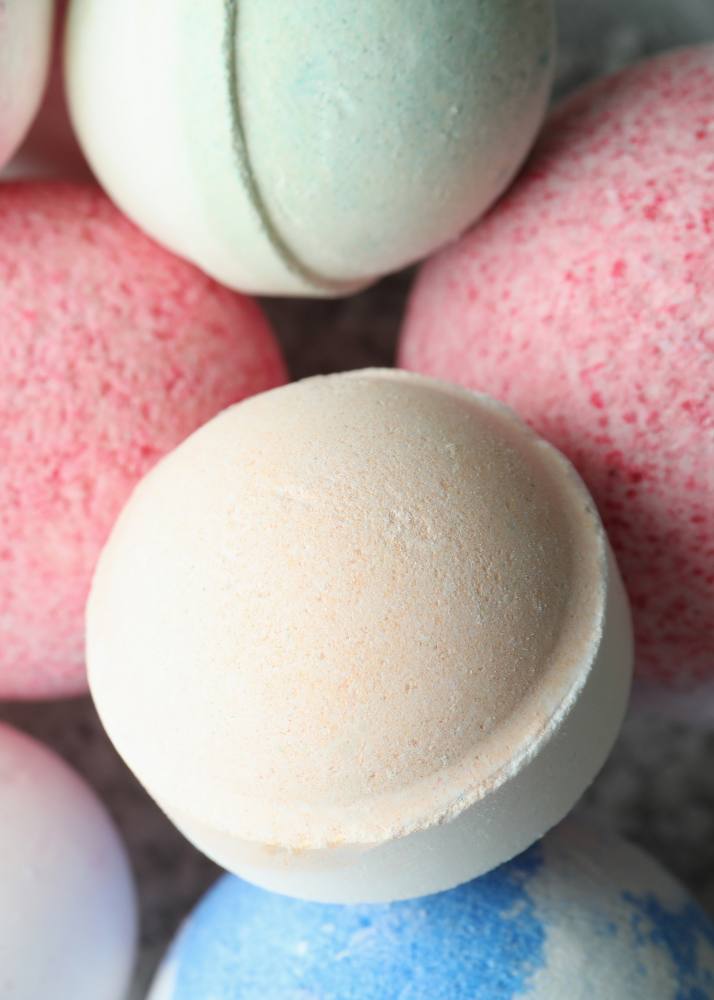

Saturday May 28 – DIY Bath Bombs
Get ready for fizzy fun: we are making bath bombs! It often takes more than six months and a team of chemists to develop personal care products. We will make bath bombs while learning about product development and the chemistry behind these fizzy products!
Preparation for 2 bath bombs: baking soda (1 cup), citric acid (3/4 cup), cornstarch (2/3 cup), water, measuring cups (1/4 cup, 1/3 cup), measuring spoons, gloves, clean surface to work on, silicone molds (or cookie cutters with plastic wrap or small bowl with tin foil), one (1) large mixing bowl, three (3) small bowls, mixing spoons. Optional: Epson salt (1 cup), food colouring.
Expert: Lexie Griffith is a cosmetic chemist whose work involves formulating cosmetics and personal care products.
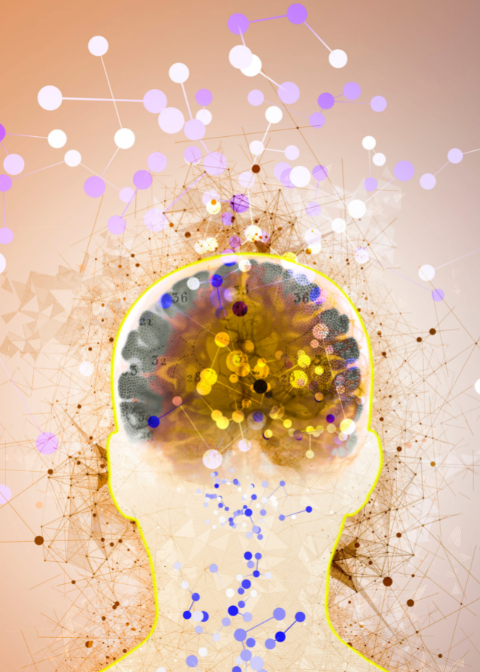

Saturday May 21 – Are You Paying Attention?
Attention helps people interact with the world and plays a role in creating memories. Get ready to pay attention: we will complete three fun attentional tasks and put our brains to the test!
Preparation: Mirror, heavy book or item to prop up a mirror, shapes handout (please print three copies of the star and one copy each of the square and hexagon), data collection sheet (please print one copy), cardboard box, pencil, and tape
Expert: Karen Mathias is a master’s student at the University of Waterloo, studying how elements of walking can provide insight into an individual’s brain health.


Saturday May 14 – Homemade Nanoparticles
Nanoparticles are between 1 and 100 nanometers. That is one-millionth of a millimetre! Nanoparticles are used in healthcare to deliver medicine to targeted body areas, environmental science to create wires for solar cells, and aerospace engineering for aircraft wings. Typically, nanoparticles are invisible to the human eye. In this session, we will use our microwaves to make nanoparticles that are highly luminescent and visible under UV light!
Preparation: access to a microwave (with adult supervision), one (1) microwave-safe bowl that can hold at least 4 cups, mixing spoon, honey, molasses, blue marker, purple marker, transparent tape, flashlight (smartphone with a flashlight app works), index card or sheet of paper, scissors, computer with internet connection
Expert: Nicole Ritter is a postdoctoral fellow at York University developing sensing platforms using nanoparticles.


Saturday May 7 – Rocket Science
This isn’t rocket science. Oh wait, it is! Did you know that it takes 5-15 years to design and build a rocket? We will explore rocket parts and aerodynamics while we construct model rockets!
Preparation: Pencil, paper, scissors, tape, straw, ruler, soft plastic water bottle
Expert: Ashwini Ramesh is an aerospace engineer and co-founder of Give Me Five, an organization that offers online STEM courses for youth.
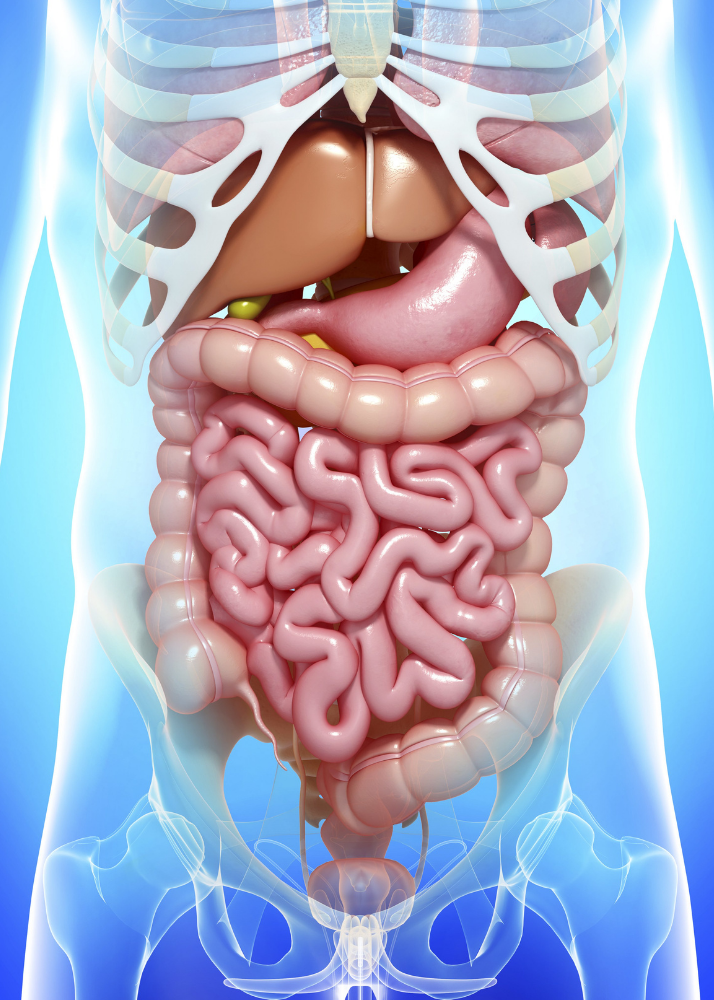

Saturday April 30 – Digestive Systems
Borborygmi! That’s the name of the sound your digestive system makes when gas, food, or liquid moves through the stomach and intestines. We will make digestive tract models, learn how the digestive system works, and discover why we hear borborygmi.
Preparation: One (1) banana (or a slice of bread or crackers), fruits or vegetables with a skin (tomato, grapes, blueberries, corn, etc), one (1) bowl or jar, water, Ziploc bag, scissors, pantyhose, a tray or plate to work on, water
Expert: Dr. Aze Wilson is a clinical gastroenterologist and an Assistant Professor of Medicine at Western University.
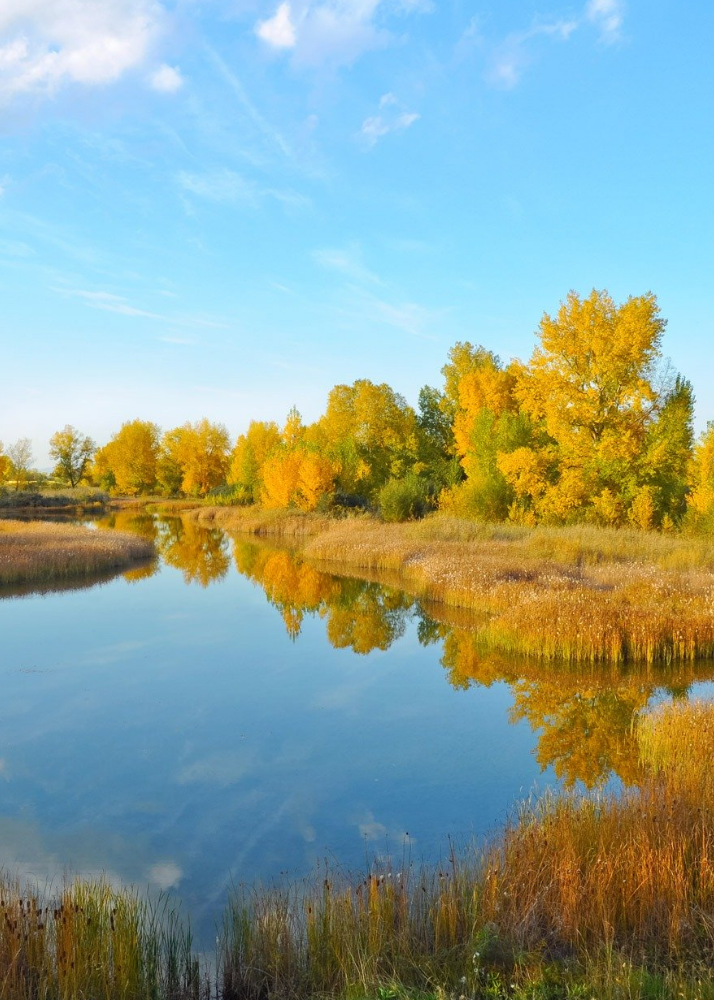

Saturday April 23 – Wetland in a Pan
Wetlands are areas of soil that are covered by shallow water either all year or for a portion of the year. They are one of the most biologically diverse ecosystems in the world and serve essential functions for humans and wildlife. Wetlands help mitigate floods, provide habitats for animals, and filter water. We will make a wetland in a pan and learn about the importance of wetland conservation and restoration.
Preparation: one (1) long shallow pan (a baking tray or dish will work well), modelling clay or salt dough, sponges, watering can or bottle, soil, rags or paper towels, measuring cups, food colouring
Expert: Jane Ji is the President of Springbay Studio, a company that develops games, apps, and online learning experiences to engage kids with environmental science. Christine Song has a master’s degree in environmental science from the University of Toronto and is the CAGIS Virtual Outreach Coordinator and STEM Communicator.
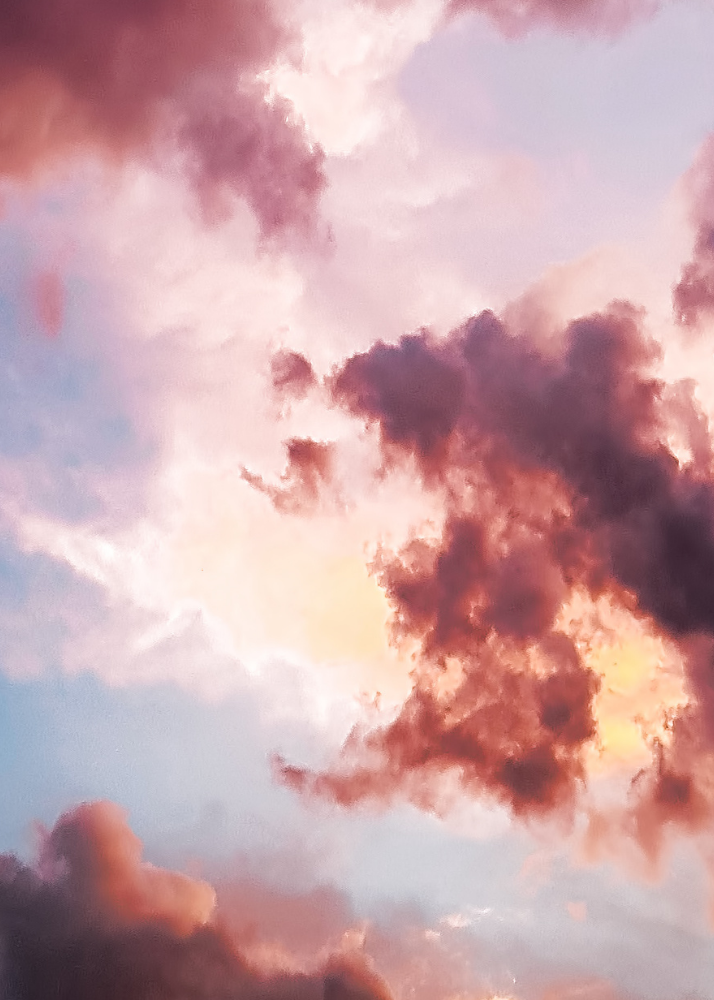

Saturday April 16 – Cloud in a Jar
Did you know that clouds are not weightless? They can hold millions of gallons of water and weigh 500,00 kilograms. Clouds play an important role in the water cycle, reflect solar radiation from the sun, and have significant implications for pilots. We will be making clouds in jars, learning about the science of clouds, and discussing how clouds affect the aviation industry.
Preparation: hot water from a kettle or microwave (with adult supervision), a glass jar with a lid, hairspray, a small bowl that fits on top of the jar, ice. Optional: food colouring, black paper (to use as a background)
Expert: Winnie Ho and Joy Wan are 4th-year students in the Science and Aviation program at the University of Waterloo, specializing in earth science.


Saturday April 9 – Grass Pets
Grass grows on all continents, including Antarctica, and it makes up approximately 26% of the plant life on Earth. We will be make our own grass pets (like chia pets but with grass!) and learn about this widespread and ecologically important plant!
Preparation: A plastic container from recycling (bottom of a large pop bottle is recommended), soil, seeds (grass is preferred, chia seeds or birdseed will also work), craft supplies (i.e. googly eyes, pompoms, stickers, glue, scissors, etc.), old nylons or socks, elastic bands (or string or yarn)
Expert: Sara Stricker is a plant scientist and the Communications and Outreach Coordinator at The Guelph Turfgrass Institute.
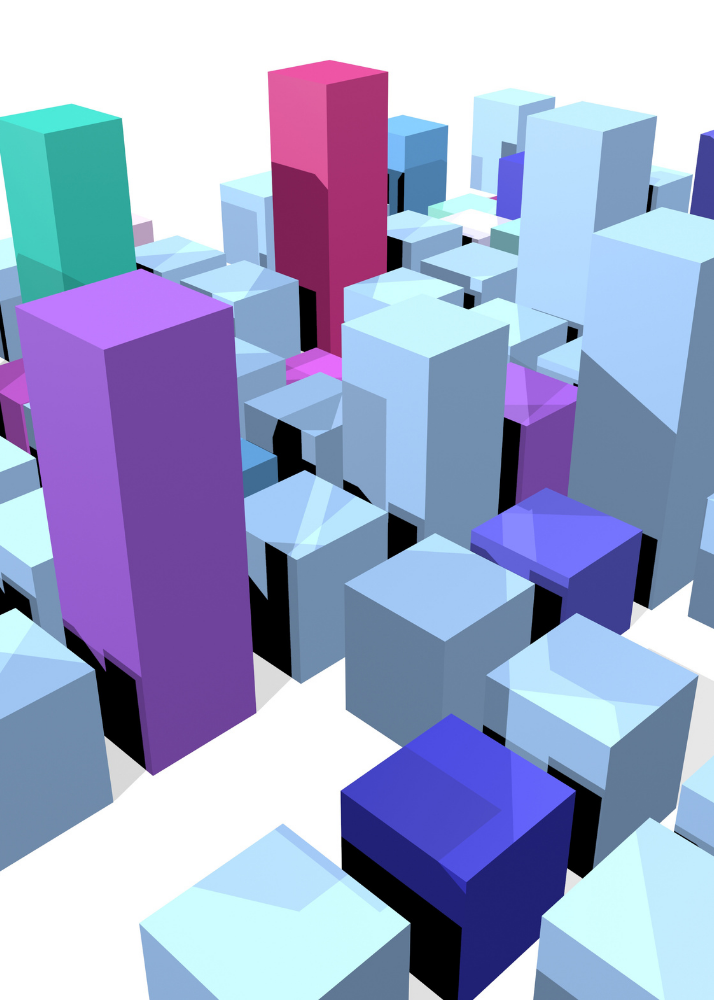

Saturday April 2 – Let’s Build in 3D
Did you know that 3D modelling and printing are used in many STEM fields? 3D modelling can be used to design toys, create prototypes of automotive vehicles, and make dental products! We will learn about 3D modelling and how to use Computer Assisted Design to create our own 3D keychains in TinkerCAD.
Preparation: Create a free account on www.tinkercad.com and make note of your login name and password. Note: you cannot access the software without an account.
Expert: Ana Rodrigues has Ph.D. in electrical engineering and is a volunteer coordinator for CAGIS Toronto. Her passion for technology started when she learned how to code at ten years old. She has 20 years of experience teaching coding for students of all ages and now develops STEAM projects for her company, GarageLab.
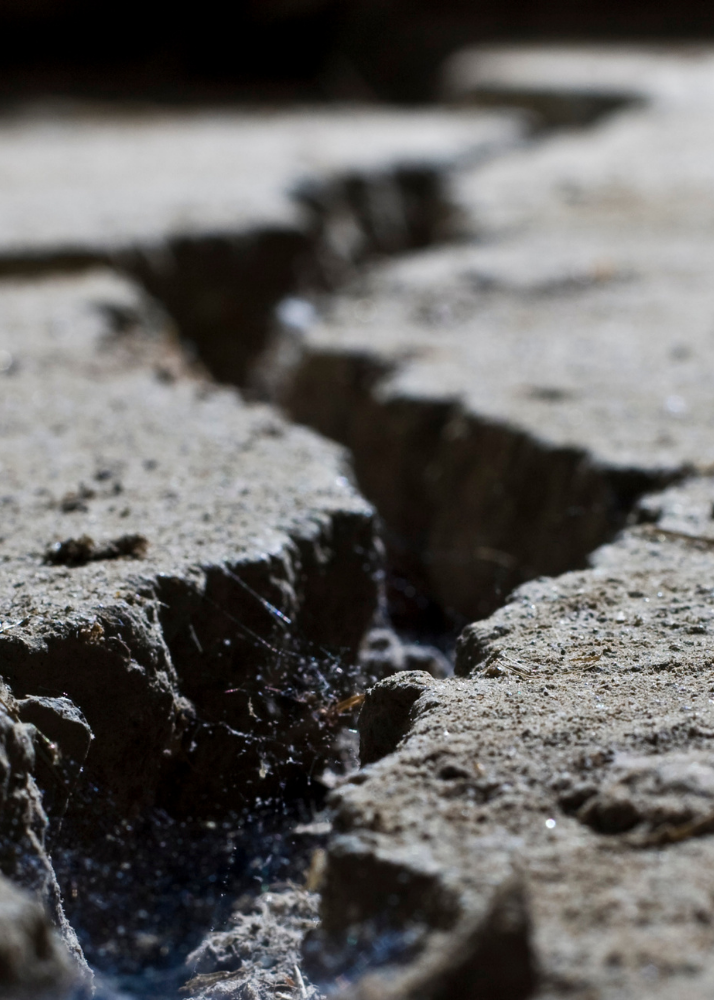

Saturday March 26 – Earthquakes and Seismology
Did you know that there is an average of 50 earthquakes a day worldwide? While scientists cannot predict exactly when or where an earthquake will happen, they can use a seismometer to collect data on vibrations or seismic activities. Join us to make your own seismometer and learn about tectonic plates and earthquakes.
Preparation: Several sheets of paper or a couple of long grocery receipts , one (1) shoebox (or similar box with enough room for your cup), one (1) small or medium-sized paper cup, string, markers, pen or pencil, scissors, tape, small weights (rocks, coins, marbles or small objects that fit into your cup), help from an adult (for help in cutting the box and more hands for experiments). Please follow these preparation instructions before the start of the session.
Experts: Beth McLarty Halfkenny is the curator and outreach coordinator at Carleton University’s Department of Earth Sciences. Dr. Mareike Adams is a geophysicist and seismic analyst with the Canadian Hazards Information Service at Natural Resources Canada.
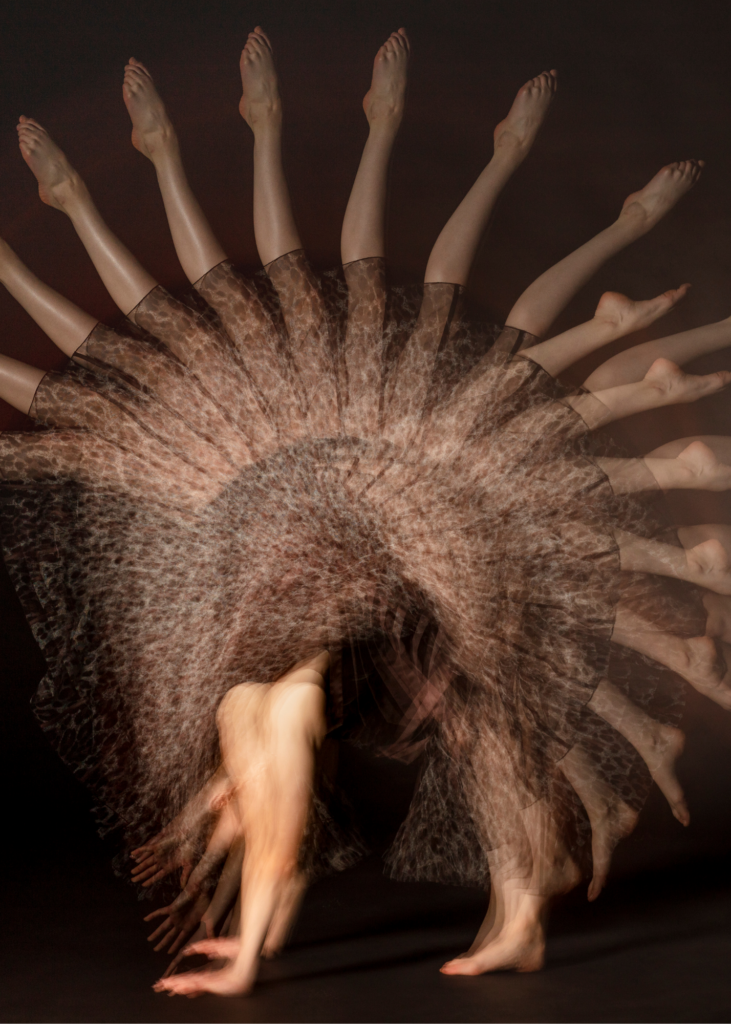

Saturday March 19 – Movies, TV, and Apparent Motion
Phenakistoscopes are one of the earliest animation devices, made with a series of still images on a rotating disk. They create an illusion of movement because of the way the brain processes information. Join us to build your own phenakistoscope and explore the mind-bending secrets of apparent motion.
Preparations: Please print this template, scissors, a sheet of cardboard or thick paper, tape, one (1) pencil with an eraser, one (1) push pin or toothpick, access to a mirror
Expert: Larissa Vingilis-Jaremko is a vision scientist and the Founder and President of the Canadian Association of Girls In Science.
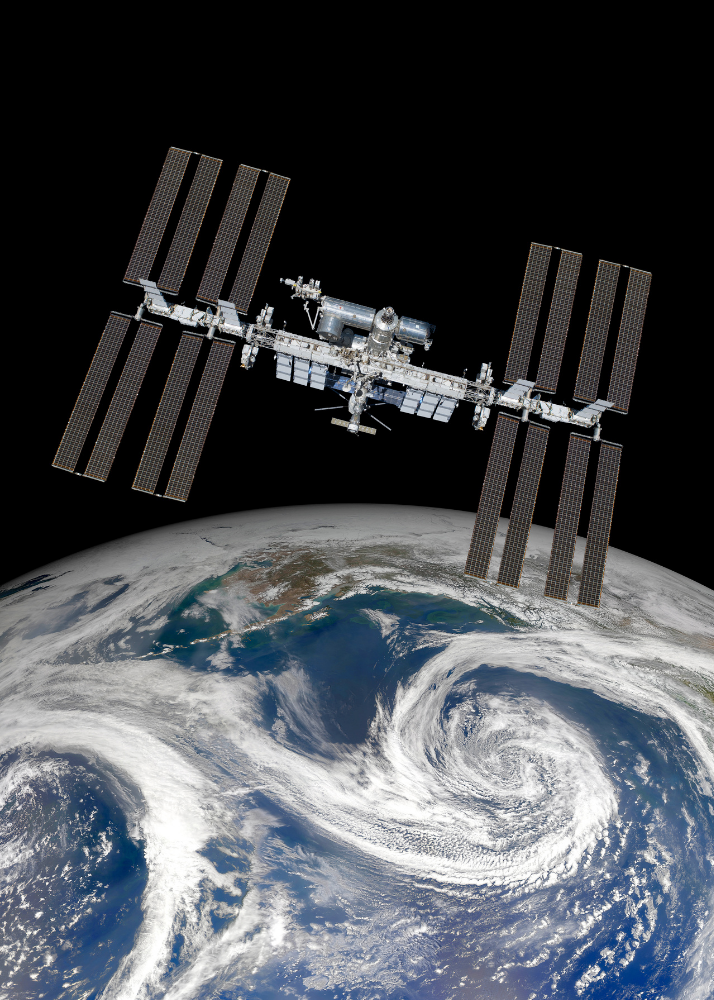

Saturday March 12 – Send Your Code to Space!
We’re participating in the European Space Agency’s Astro Pi Challenge! Learn to code a simple program that takes a humidity reading on the International Space Station (ISS). Then, customize it with a personalized message for the astronauts on board! At the end, you’ll receive a certificate showing where exactly the ISS was when your program ran.
Preparation: Computer with an internet connection (not a tablet or mobile device).
Expert: Helen Vasighizaker is a computer science PhD candidate at the University of Windsor.
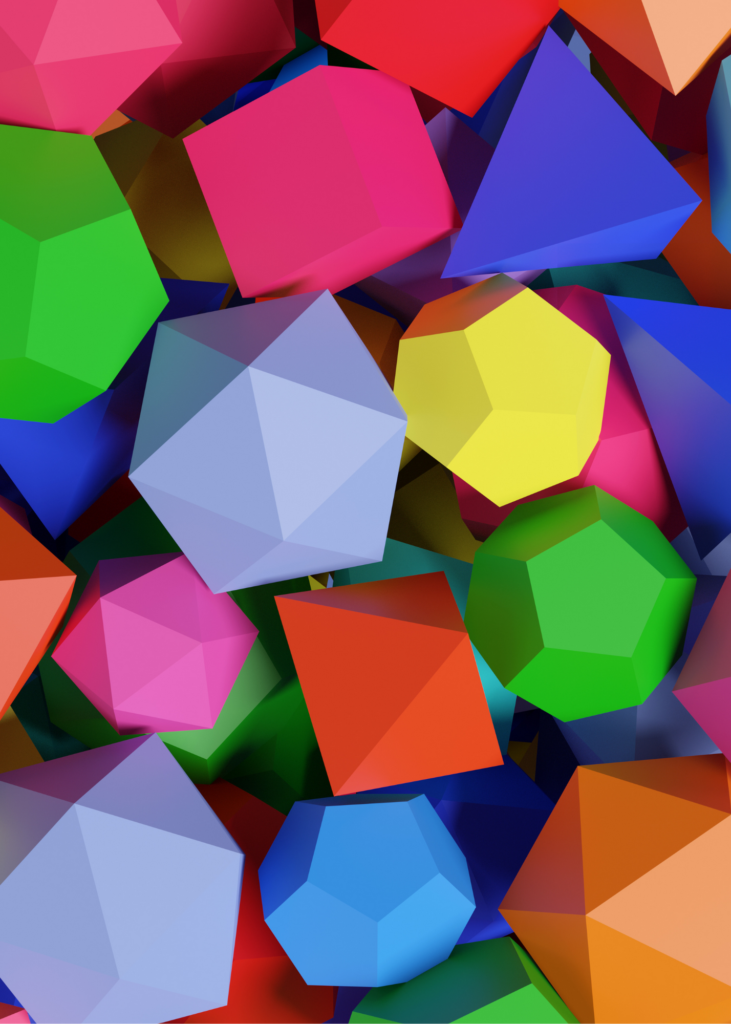

Saturday March 5 – Platonic solids
Over two thousand years ago, the Greek philosopher Plato wrote about five special polyhedra shapes: the tetrahedron, the cube, the octahedron, the icosahedron, and the dodecahedron. Why have these shapes fascinated mathematicians, artisans and architects throughout the ages? Join us to learn more about the geometric secrets of platonic solids.
Preparation: Please print and assemble the following files prior to the session: ages 7-12, ages 11-16
Expert: Dr. Petra Menz is a Senior Lecturer in the Department of Math at Simon Fraser University.
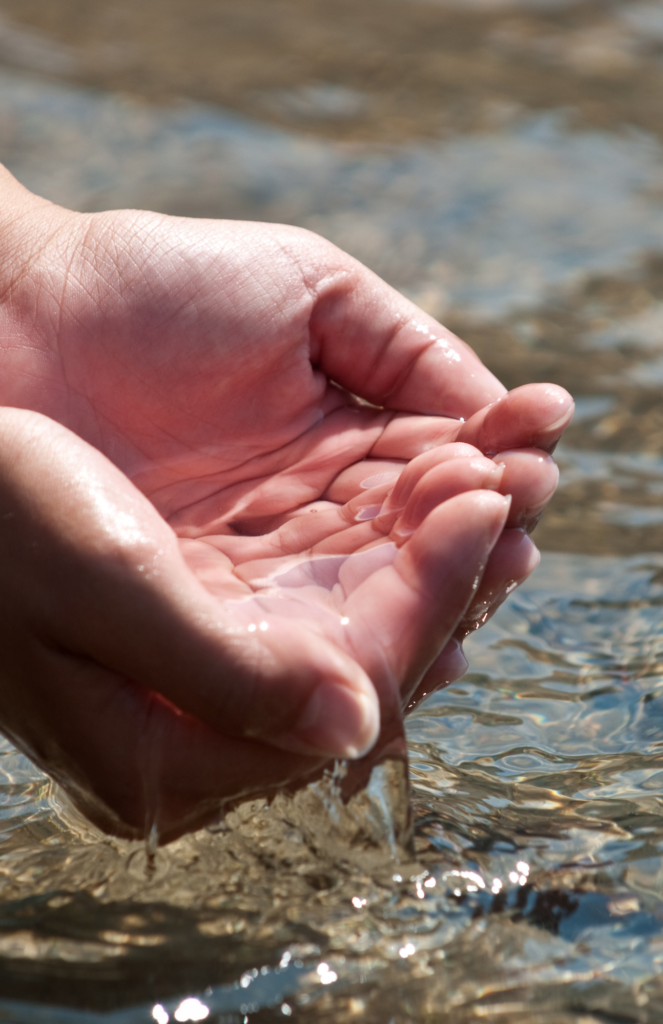

Saturday February 26 – Water Filtration
Although water covers 73% of the Earth’s surface, only 3% of it is fresh water. Most of the Earth’s freshwater is frozen in glaciers, found deep underground, or otherwise inaccessible for use. Luckily, water is a renewable resource! Join us to make a water filter and learn about water contamination sources, the water cycle, and water filtration.
Preparation: two (2) clear plastic water bottles, at least two (2) kinds of filtering materials (soil, sand, gravel, uncooked pasta, marbles, etc), scissors, paper towels or rags, cheesecloth or gauze, rubber bands, spoon, dirty water (adding dirt to water or scooping up dirty snow and letting it melt), food colouring
Expert: Amira Aker has a PhD in public health and is currently researching exposure sources and health effects of per- and polyfluoroalkyl substances (PFAS) in Nunavik, Quebec.
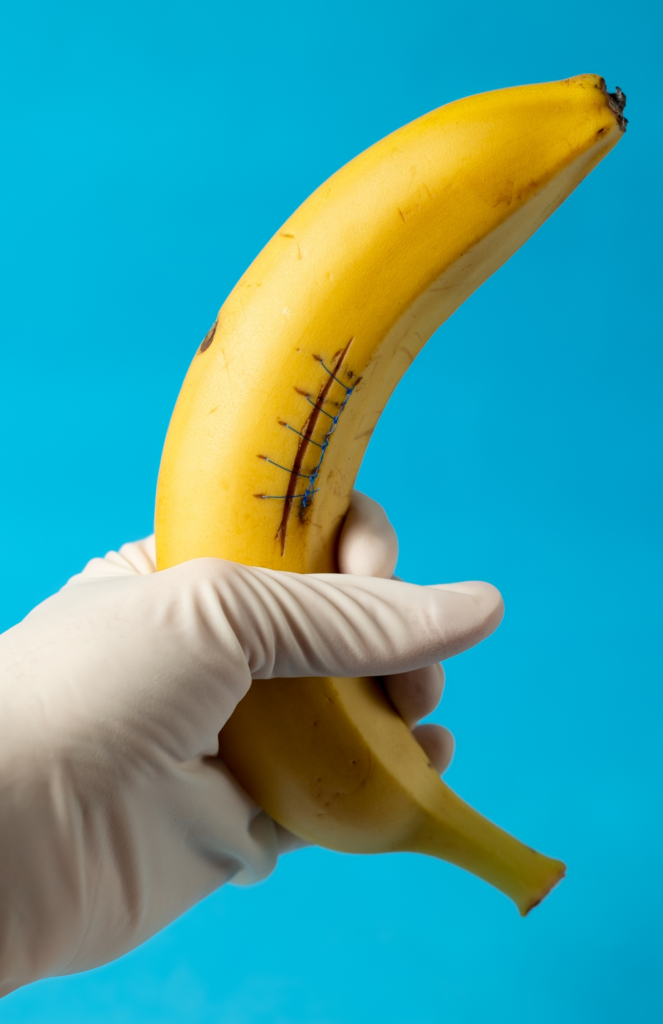

Saturday February 19 – Learn to Suture
Calling all future healthcare professionals! Did you know that doctors sometimes learn to suture by practicing on fruit? What an aPEELing idea! Grab a banana, tomato, or grape, and let’s do some training. This session will have you in stitches!
Preparation: Banana (preferred), tomato or grape, curved or straight sewing needle, tweezers, safety scissors, thread
Expert: Andrea Kassay is a medical student at the University of Windsor.
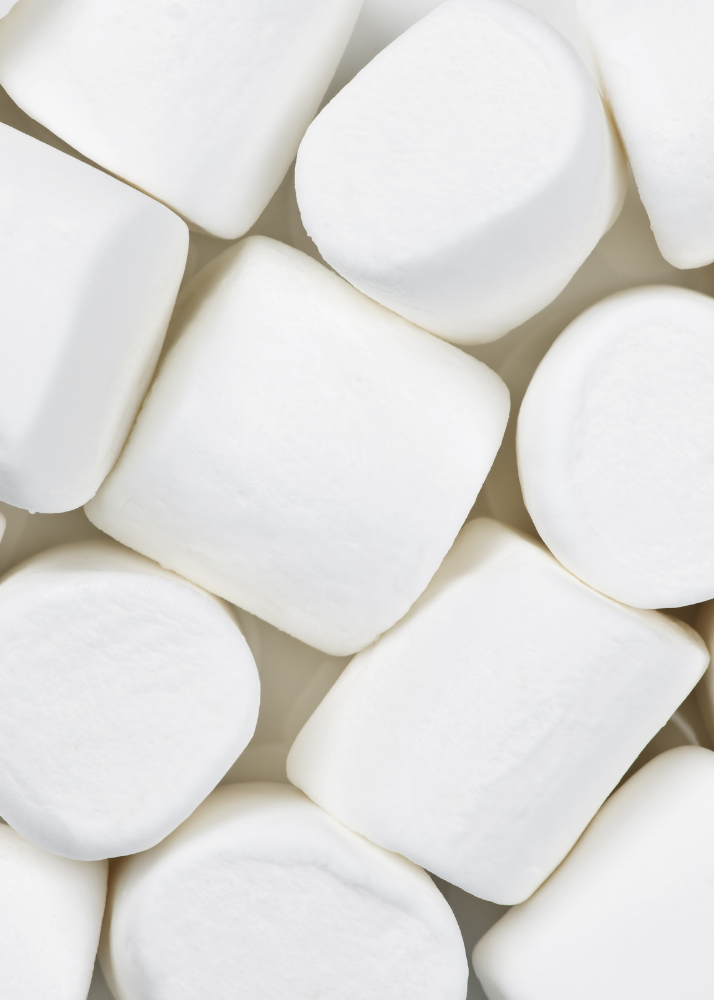

Saturday February 12 – Snowball Marshmallows
Did you know that over one billion dollars worth of chocolate and candy is sold each year during Valentine’s Day? Join us to make a wintery Valentine’s Day treat with a food engineer! Learn about the food engineering of gelatine, gums, stabilizers, and make your own snowball marshmallows!
Preparation: a bag of large marshmallows, corn syrup, sugar crystals, cake sparkle sprinkles, parchment paper, saran wrap, plate or surface to work on, bowl, spoon
Expert: Bonnie Douglas has over 15 years of experience working as a food engineer in cookie and ice cream factories. She also made the world’s tallest ice cream cone!
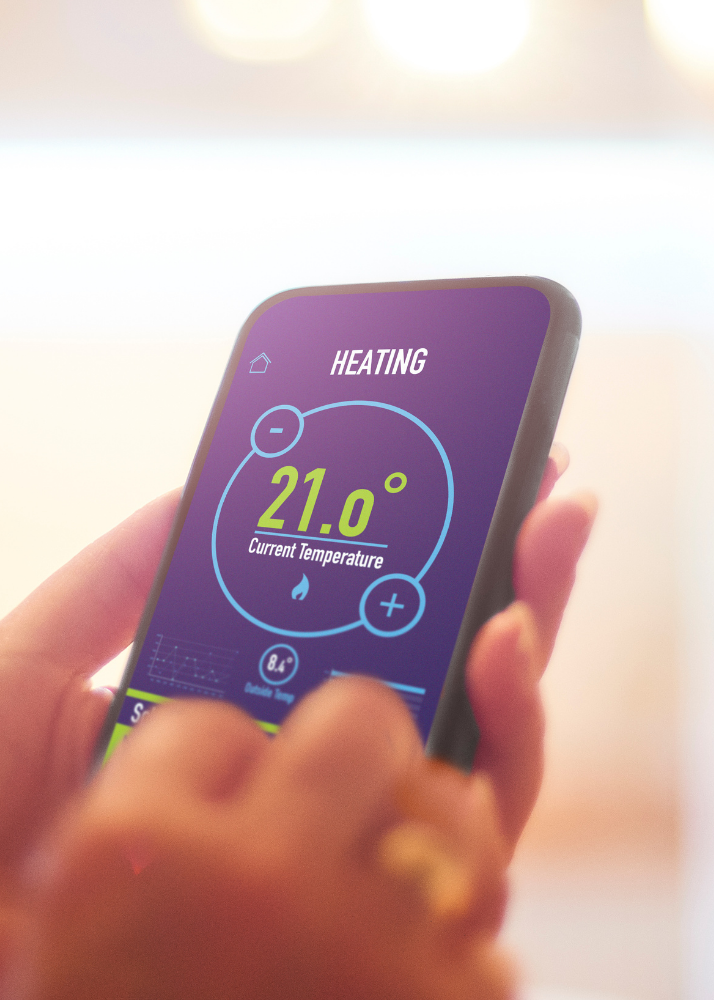

Saturday February 5 – Heating Homes
Have you ever been in a room that is always too hot or too cold? Windows, doors, insulation, room size, and furnace size affect how much heat is needed to keep a room at a pleasant temperature. Grab your calculators because we will be calculating the amount of heat necessary to keep a room warm and learning the math behind heating, ventilation, and air conditioning (HVAC) systems.
Preparation: Pencil, paper, calculator, measuring tape
Expert: Kayla Bailey is a Journeyperson steamfitter, gasfitter, and welder with U.A. Local 46 Toronto.
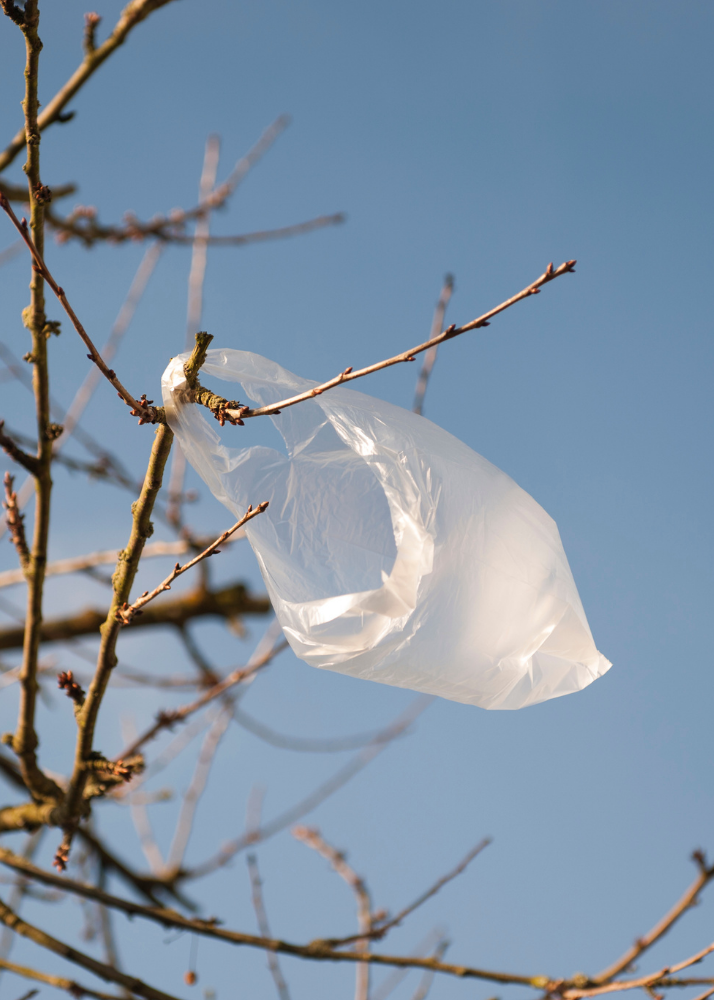

Saturday January 29 – Compostable Plastic
Did you know that over 8 billion kilograms of plastic end up in the oceans each year? That’s 264 kilograms per second! Many eco-friendly plastics are available, but what’s the difference between biodegradable, compostable, and sustainable plastics? We will be making compostable plastic and learning about some eco-friendly plastics that are not so eco-friendly after all.
Preparation: Cornstarch, water, oil (any oil will work), measuring cups (½ cup), measuring spoon (1 teaspoon), microwave (with adult supervision), mixing spoon, microwave-safe bowl, small bowl or glass
Expert: Christine Song has a master’s degree in environmental science from the University of Toronto and is the CAGIS Virtual Outreach Coordinator and STEM Communicator.


Saturday January 22 – Cleaning Copper and Rusting Nails
Have you ever seen an old rusty car outside? Rust comes from a chemical reaction called oxidation, caused by air and water exposure. It’s the same reaction that makes coins dull over time. Grab your old pennies and nails because we will be cleaning copper and rusting nails while we learn about two opposite chemical reactions: oxidation and reduction.
Preparation:
Rusting a nail: Ungalvanized iron nails (or nuts, bolts, tin cans, or screws), plastic or glass containers, hydrogen peroxide, white vinegar, salt, measuring spoons (teaspoon), a pair of rubber gloves (or waterproof winter gloves, or plastic bags), a clean work station, paper towels or rags, a wooden stirring stick (popsicle stick or skewer), goggles or sunglasses
Cleaning copper: pennies, copper washers, or copper wire, plastic or glass containers, white vinegar, salt, measuring cups (¼ cup), measuring spoons (1 teaspoon), a pair of rubber gloves (or waterproof winter gloves, or plastic bags), a clean work station, paper towels or rags, a wooden stirring stick (popsicle stick or skewer), goggles or sunglasses, toothpaste
Expert: Jeanette Adjei is a PhD candidate at Western University studying the synthesis of new organophosphines towards applications in catalysis and metal coordinator.
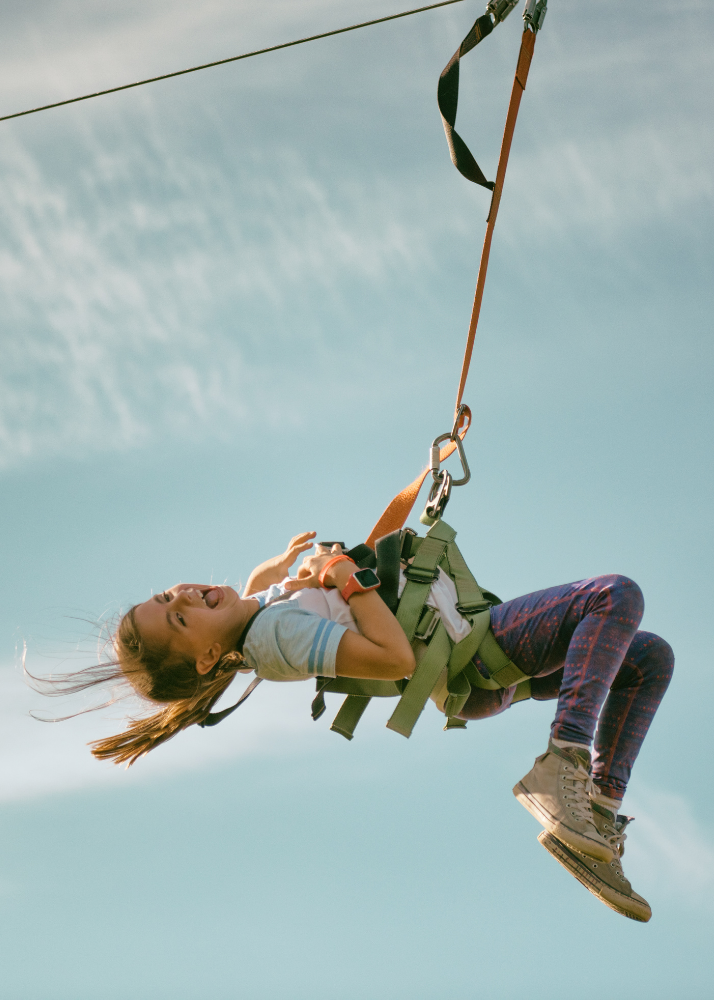

Saturday January 15 – Build a Zip Line
While most zip lines are now used for entertainment, they were created to transport people, carry supplies across rugged terrains, and for biologists to research rainforests without disturbing animal habitats. In this session, we will be making zip lines to transport small objects across a room! Learn about physics, friction, and the safety engineering behind these fast contraptions.
Preparation: single hole punch or a wooden skewer to puncture a hole in a cup (with adult supervision), scissors, tape, string (dental floss, shoelaces, fishing line, or other smooth string), chair or elevated surface, a pile of books (or other weights to anchor zipline), one (1) plastic or paper cup, three (3) paper clips or binder clips, one (1) paper or plastic straw, one (1) toilet paper roll, small objects to transport (batteries, ping pong balls, candies, small toys, etc.)
Expert: Joelle Javier is an elevating and amusement devices safety engineer who designed a new rollercoaster for Canada’s Wonderland.
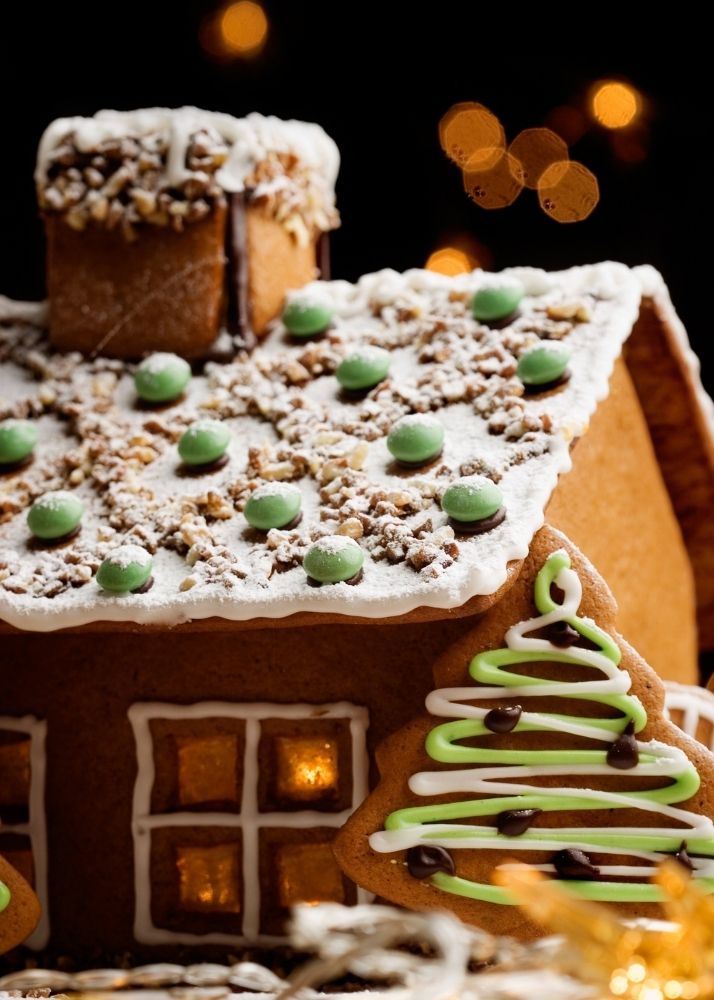

Saturday December 4 – Edible Engineering Challenge
Ready for a delicious task? Join us for a special event that will explore the edible engineering behind gingerbread houses. We’ll start with a Kahoot quiz, then move on to some practical construction tips, and a building challenge. Will yours be an awe-inspiring tower or a creative design? Get your blueprints ready … it’s time to build!
This is a bonus event organized by the CAGIS Teen Ambassadors.
Preparation: 1 box of graham crackers (can also use saltine crackers), 1/2 cup icing sugar, water, bowl, fork. Optional: items to decorate such as candies, sprinkles, pretzels, chocolate chips, etc.
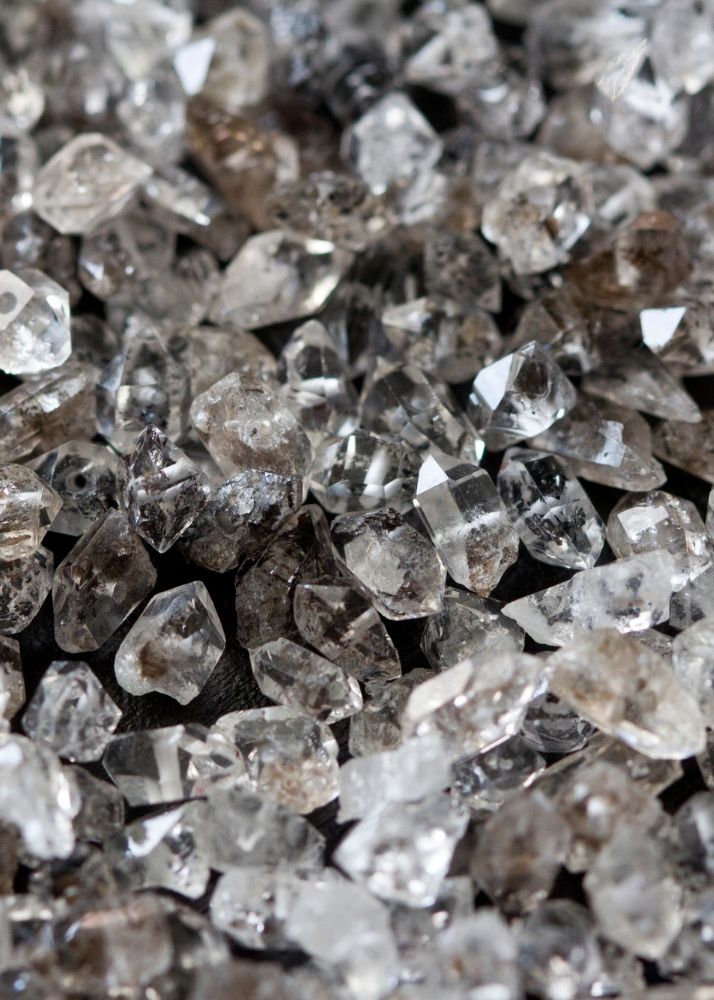
Saturday November 27 – Mineralogy of Carbon
Have you ever taken a close look at a pencil? The soft, dark core is a mineral called graphite. It’s made entirely of carbon atoms, just like another very popular (and expensive) mineral — diamond! How can two minerals be made of the same atoms, yet look so different? We’ll discover the secret (and learn more about the fascinating world of mineralogy) as we build atomic models of both.
Preparation: A bag of marshmallows or candy gummies, 30 toothpicks
Expert: Katherine Dunnell is a mineralogy technician in the Department of Natural History at the Royal Ontario Museum.
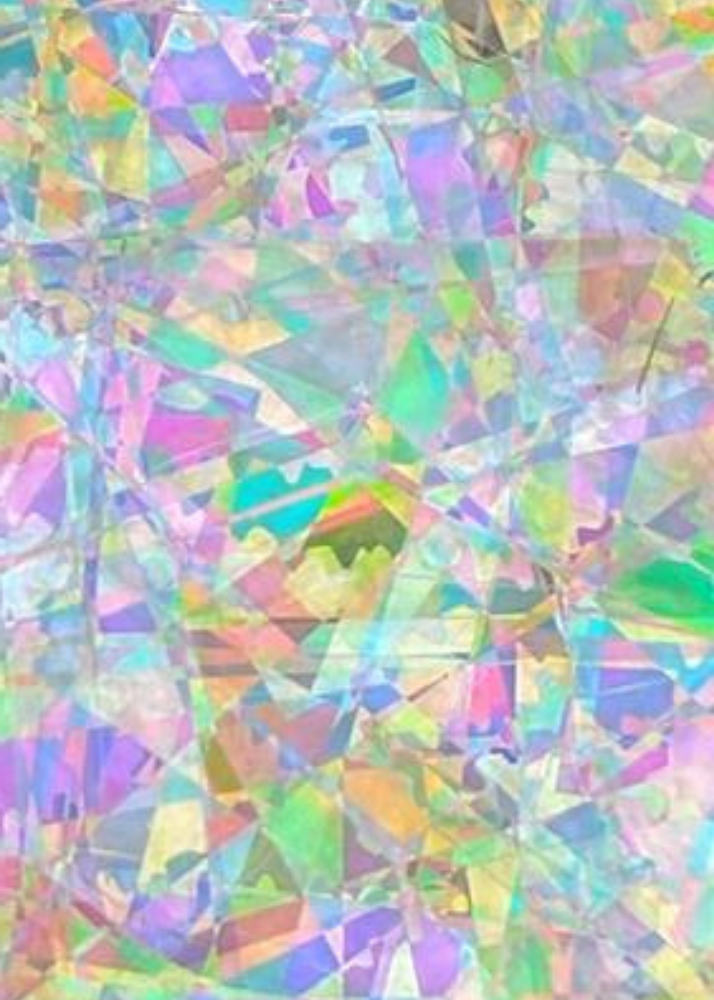
Saturday November 20 – Polarization Art
What do LCD monitors and sunglasses have in common? They both use polarisers, a filter that blocks light waves travelling in specific directions! In this session, we will make secret art using light. Learn about light polarization and how light is used in modern technologies, like LCD screens and lasers.
Preparation: LCD monitor (any computer screen works), polarizing sunglasses (Dollarama sunglasses are not polarizing) or 3D movie glasses (modern, not red and blue), transparent tape (not “invisible tape”), transparent surface (old CD case, photo frame, Ziploc bag, or transparent Tupperware). Optional: camera to take pictures of your secret art. Tip: Test to see if your sunglasses are polarizing by looking through them at a phone screen. You should see different colours as you tilt your head.
Experts: Irene Melgarejo Lermas, John Donohue, Kimia Mohammadi, and Sarah Meng Li from the Institute of Quantum Computing at the University of Waterloo
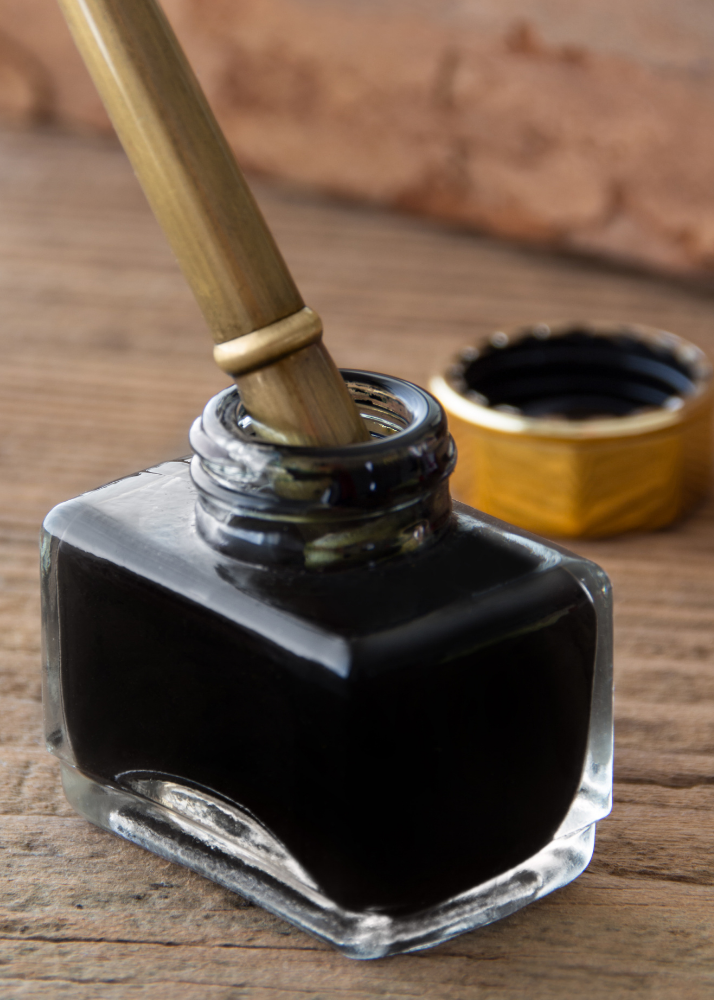
Saturday November 13 – Ink Chemistry
Ink was invented over 4500 years ago! Today, there are many different kinds of ink, including ones that are invisible. In this session, we will make natural inks and invisible magic ink. Learn about chemistry, pH, and acid-base reactions.
Preparation:
Natural ink materials: ½ cup of berries (fresh or frozen will work) or ½ cup of ground coffee, vinegar, salt, bowl, water, fine-meshed strainer, a kettle with adult supervision to boil water (if you are using coffee grounds), paper, paintbrush. Optional (if you would like to use ink to dye paper): thick paper or cardstock, a shallow tray, rags you do not mind getting stained
Magic ink materials: baking soda, water, 2 bowls, measuring cups and spoons (½ cup, 1 teaspoon, 1 tablespoon), 2 regular spoons to stir solutions, paper, paintbrush, rubbing alcohol, turmeric
Expert: Brianna Rector is a PhD Candidate at Western University studying carbon steel corrosion dynamic model development

Saturday November 6 – Animate Your Name
Although some people may think that Scratch is only used to teach young children how to code, it actually has powerful drawing and coding tools that can be used to create professional animations. In this session, we will use Scratch to code and animate our own names! Check this example of an animated CAGIS logo (press the green flag on the screen)!
Preparation: Sign up for a free Scratch account at https://scratch.mit.edu/join and make note of your username and password. Please do not use your real name as your username for privacy and safety reasons.
Expert: Ana Rodrigues has a Ph.D. in electrical engineering and is a volunteer coordinator for CAGIS Toronto. Her passion for technology started when she learned how to code at ten years old. She has 20 years of experience teaching coding for students of all ages and now develops STEAM projects for her company, GarageLab.
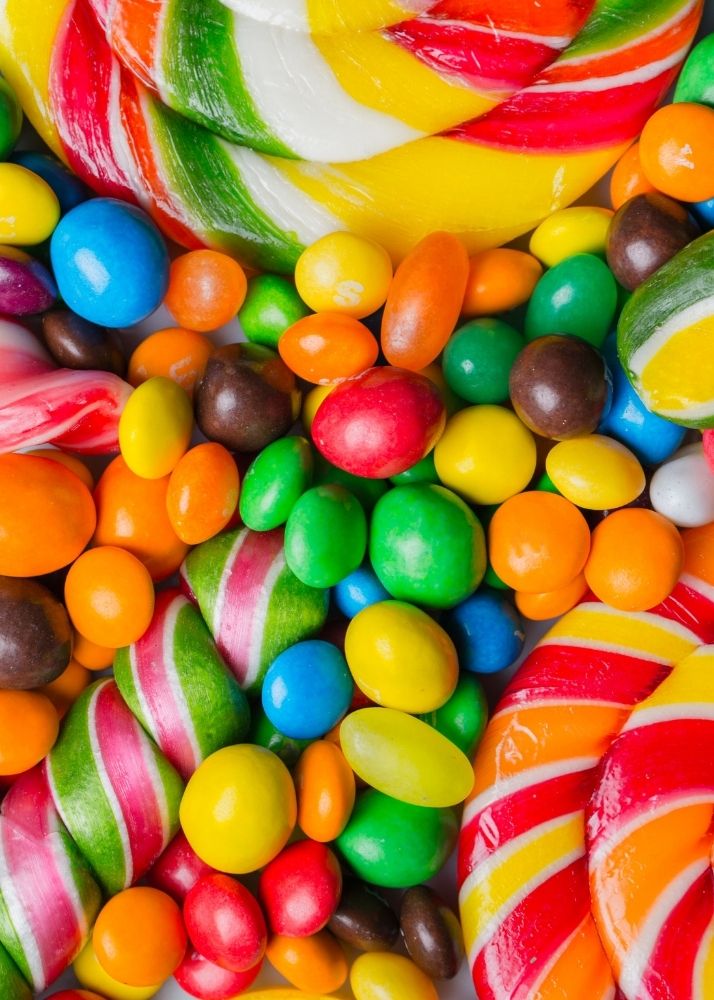
Saturday October 30 – Candy Grabber
Trick or treat? If we had to pick, we would pick treats! In this session, we will make candy grabbers and learn about engineering, levers, and other simple machines.
Preparation: nine (9) standard-sized popsicle sticks, two (2) thick straws (smoothie-sized or bubble tea-sized) or paper to make straws, duct tape (if you are using paper straws or will be making straws from paper), eight (8) toothpicks, scissors, tape, one (1) bowl filled with candy. Optional: sewing needle (with adult supervision). Wear your Halloween costume for a chance to win a prize!
Expert: Olivia Cirone is a mechanical and biomedical engineering student at McMaster University. She works with the McMaster Women in Engineering Society, an organization that promotes, supports, and uplifts women and young girls in the field of engineering.

Saturday October 23 – Brain Building
True or false: We only use 10 percent of our brain. False! We use our whole brain when doing simple activities and even while we are sleeping. In this session, we will build a model brain! Learn how to identify different parts of the brain and understand what cognitive functions they serve.
Preparation: seven (7) different colours of plasticine/modelling clay (100g of each) or salt dough prepared in seven (7) colours (view instructions for salt dough here), spoon or fork. Optional: please print this brain template (PDF/PowerPoint) and roll your plasticine/modelling clay/salt dough into long noodles prior to the session.
Expert: Pavlina Faltynek has a M.Sc. in behavioural and cognitive neuroscience from Western University.
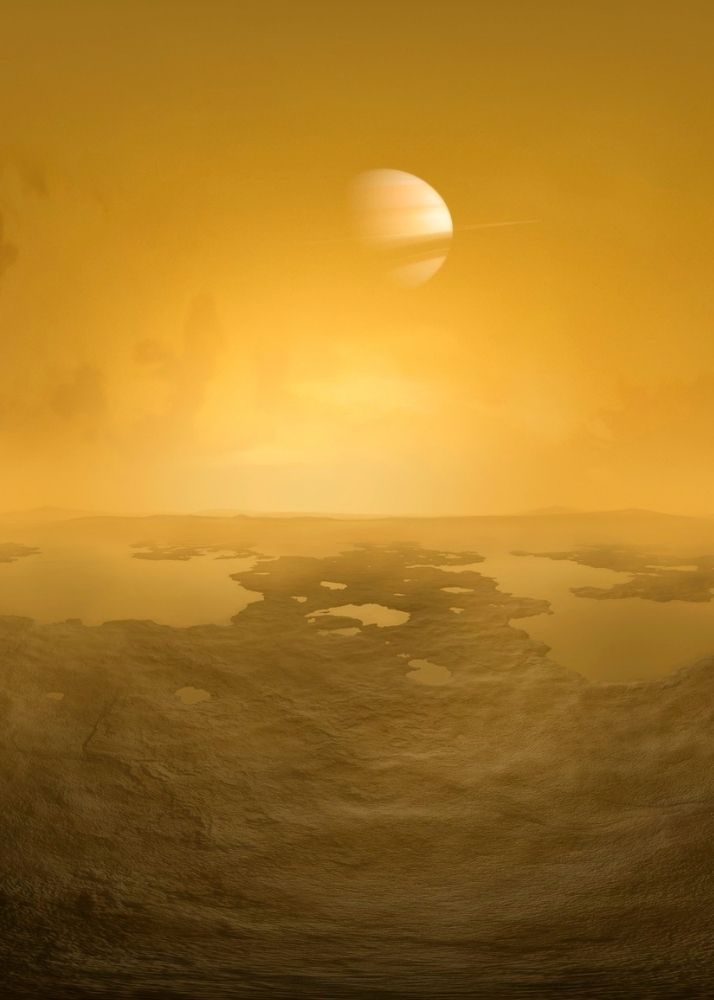
Saturday October 16 – A Trip to Titan
Did you know that Titan, Saturn’s largest moon, is one of the most Earth-like celestial bodies discovered? With a thick atmosphere and lakes of methane, the surface of Titan looks eerily similar to Earth. In this session, we will build a model of the Huygens probe, which was landed on Titan. Learn about exploring celestial objects, conditions for a habitable celestial body, and the upcoming 2025 Dragonfly mission to Titan.
Preparation: two (2) tart foil tins or tin foil, a cup, string, a plastic bag, ruler, marker, scissors, glue or tape, hexagon template (please print two copies of this page, cut along the lines to create hexagon halves, and tape together to create a full hexagon)
Expert: Jahnavi Shah is a PhD student in Geophysics and Planetary Science at the University of Western Ontario.

Saturday October 2 – Leaf Chromatography
Can you be-leaf that it’s fall already? As the seasons change, so do leaf colours. But have you ever wondered where the colours come from and why leaves change colour in the fall? In this session, we will reveal the colours of fall leaves using a chromatography technique. Learn about leaf pigments, photosynthesis, and how leaves know when to change colours.
Preparation: green leaves from three (3) different plants, nail polish remover or rubbing alcohol (any percentage works), three (3) tall cups (that will hold the nail polish remover or rubbing alcohol), paper towels or coffee filters (white in colour if possible), scissors, tape, three (3) sticks (popsicles, chopsticks, or twigs)
Expert: Dr. Gerry Gourlay has a PhD in forest and tree biology from the University of Victoria and is a volunteer coordinator of CAGIS Victoria.

Saturday September 25 – Papermaking at Home
Did you know that paper was invented over 2000 years ago, and most Canadians use 308 kilograms of paper per year? In this session, we will be making our own handmade paper from recycled scraps. Gather your scrap paper and learn about environmental sustainability and the chemistry of paper manufacturing.
Preparation: blender with adult supervision, scrap paper, water, paper towels or rags, a large plate or surface to work on. Optional: pantyhose and a wire coat hanger, a large plastic tub, things to add to the paper (dried flowers and leaves, coloured paper)
Expert: Botanical PaperWorks, an eco-company that makes plantable paper